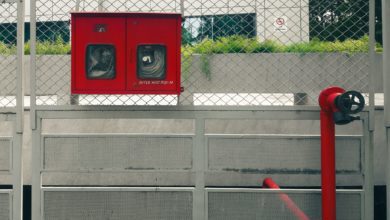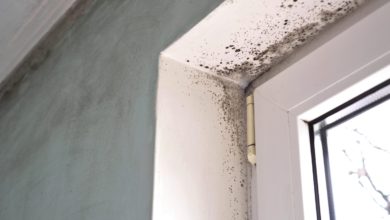Mastering RevPAR: The Ultimate Guide to Revenue Per Available Room in the Hotel Industry
Dive into the world of RevPAR, an essential metric in the hotel industry, and learn how to calculate, analyze, and optimize it to drive your hotel's financial success.

Introduction to RevPAR
Revenue Per Available Room (RevPAR) is a key performance indicator in the hotel industry, providing valuable insights into a property’s financial performance. In this comprehensive guide, we’ll explore the importance of RevPAR, how to calculate it, and effective strategies to optimize it for long-term success.
The Importance of RevPAR
RevPAR combines occupancy rates and average daily rates, offering a holistic view of a hotel’s financial performance. It enables hoteliers to:
- Measure the efficiency of room inventory management
- Assess the effectiveness of pricing and marketing strategies
- Compare their performance against competitors
- Make informed decisions to drive revenue growth
Calculating RevPAR
RevPAR is calculated using two essential metrics: occupancy rate and average daily rate (ADR).
Occupancy Rate
The occupancy rate represents the percentage of occupied rooms during a specific period. To calculate it, divide the number of occupied rooms by the total number of available rooms.
Occupancy Rate = (Number of Occupied Rooms / Total Number of Available Rooms) x 100
Average Daily Rate (ADR)
The average daily rate is the average revenue earned per occupied room. To calculate ADR, divide the total room revenue by the number of occupied rooms.
ADR = Total Room Revenue / Number of Occupied Rooms
Calculating RevPAR
To calculate RevPAR, multiply the occupancy rate by the ADR or divide the total room revenue by the total number of available rooms.
RevPAR = Occupancy Rate x ADR RevPAR = Total Room Revenue / Total Number of Available Rooms
Strategies to Optimize RevPAR
Optimizing RevPAR is crucial for driving revenue growth and maximizing profitability. Implement these effective strategies to improve your hotel’s RevPAR:
Dynamic Pricing
Adopt dynamic pricing strategies to adjust room rates based on demand, competition, and market conditions. This will help maximize revenue during peak periods and attract guests during low-demand periods.
Segment-based Marketing
Target specific customer segments with tailored marketing campaigns and promotions. This can drive bookings from high-value guests and increase occupancy during low-demand periods.
Revenue Management Systems
Invest in a revenue management system (RMS) to analyze historical data, market trends, and competitor pricing. An RMS can provide data-driven insights and recommendations to optimize pricing and drive RevPAR growth.
Enhance Guest Experience
Focus on delivering exceptional guest experiences to boost positive reviews and word-of-mouth referrals. Satisfied guests are more likely to return and recommend your hotel, leading to increased occupancy and ADR.
Optimize Distribution Channels
Evaluate and optimize your distribution channels to maximize bookings and minimize costs. Collaborate with online travel agencies (OTAs), but also invest in direct booking strategies, such as a user-friendly website and targeted marketing campaigns.
In conclusion, understanding and optimizing RevPAR is essential for any hotelier looking to drive financial success in the competitive hospitality industry. By implementing the strategies outlined in this guide, you can effectively monitor, analyze, and improve your hotel’s RevPAR to achieve long-term growth and profitability.








